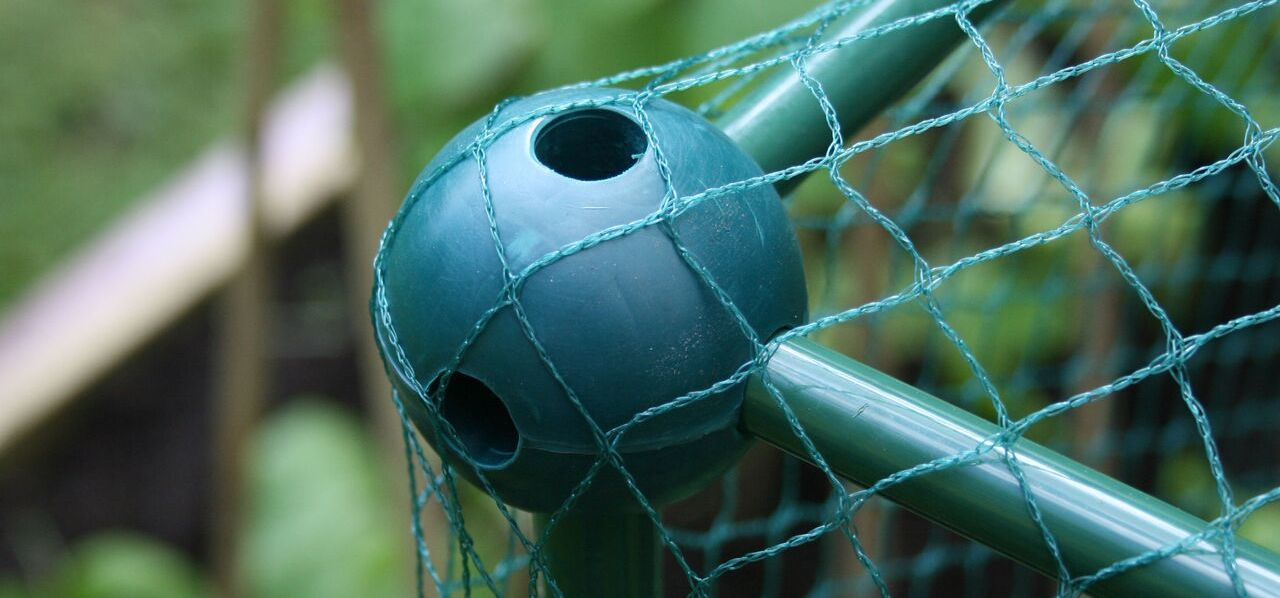How to Grow Courgettes
For anyone brought up on the generally disappointing fare sold in supermarkets, home grown courgettes can be a revelation, with a wonderfully crisp texture and a flavour that combines delicacy with an almost floral punchiness. Check out our guide on how to sow courgette seeds, how to care for your courgettes as they grow and when to harvest your courgette fruit.

How and When to Sow Courgette Seeds?
Courgette seeds can be sown in the UK from late February to mid-April. Simply fill a suitable size pot (about 3-4" diameter is ideal) about 3/4 full of seed compost, place a single courgette seed on its edge in the middle of the pot, pressing lightly to secure in place, then fill the pot with another layer of compost around half an inch deep. Give the pot a light watering and place inside a propagator, fleece covered polytunnel or on a sunny windowsill. Keep the compost moist but take care not to overwater - in a couple of weeks your shoots will begin to emerge!
Browse our Fruit Cages Section for great deals on a huge range of fruit & vegetable cages and grow houses
Potting on Young Courgette Plants
After 3-4 weeks when the true leaves have emerged, it's time to move your courgette seedling to a larger pot and give it some fresh compost to ensure it gets the nutrients it needs. Fill a new 5-6" diamater pot with fresh compost, making a hole in the middle. Carefully remove your courgette from its pot - leaving a little earth behind on its roots - and plant into the hole. Press the compost to secure the plant, water well and place back in the propagator, polytunnel or on the windowsill for another couple of weeks.
Hardening off courgettes
Hardening off young plants is the process of getting them accustomed to life outdoors. To give them the best chance of thriving, seedlings should be introduced slowly to the rigours and temperature fluctuations of the British climate before being planted permanently outside.
About a week or two before planting outdoors, leave your courgette seedlings outside for gradually increasing periods of time during the day. Alternatively, transfer them to a cloche, polytunnel or mini greenhouse, removing them from the tunnel/greenhouse during the day to give them the exposure they need.
After a week or two, your courgette seedlings will be fully prepared for life outdoors!
Click here to see our pop up cages for strawberries, raspberries, carrots, cabbages and many other fruit & veg
When to plant courgettes outside
You can plant courgettes outside once the weather has warmed and the risk of late frosts has disappeared. Usually this would mean around mid to late May.
Pick a sheltered, sunny spot. Dig a fairly large hole about 2-3 times the size of your pot, ensuring that the soil is nice and loose. Add some good quality compost, fish bones or seawed pellets for nutrition, remove your seedling from its pot and plant out, gently pressing the surrounding soil to secure.
Plant your courgette sedlings about a metre apart. It might seem like a large gap but courgettes have a wide spread!
See our Build-a-Cages and No-Frills Cages for a range of extendable modular fruit cages for all budgets
Caring for your courgettes
Courgettes need a lot of water as they grow, especially once the plants begin to flower and develop their fruits. During summer, each plant might need up to 10 litres a week - or a good watering can's full every other day. Avoid watering over the plants, instead watering around them in dry weather to ensure the soil stays nice and moist.
Apply a mulch of around the plants to keep the fruit off the ground, keep weeds at bay and retain soil moisture in hot weather. Straw, garden compost, grass clippings or manure will all work, with the added benefit of enriching the soil around the plants.
Harvesting Courgettes
Harvest your courgettes as soon as they reach the required size. The first one or two courgettes tend to rot at the ends, I'm not sure why this is but it's nothing to worry about.I find if you remove the flowers as the fruits swell it will be less of a problem.
Courgettes get big very quickly and at full production you can be harvesting two or 3 times a week. For this reason I'd harvest the fruit when quite small, it tastes much better and there will be another along in a couple of days anyway. You can if you wish let the courgettes grow on to marrow size but this will take a lot of energy from the plant thus stopping the growth of new fruits.
Can't see the fruit cage you want? Contact us - we can make a cage to almost any size and specification
What are the problems withn growing courgettes?
Powdery Mildew Towards the end of the season some of the leaves may take on a dusty grey appearance. This is the fungus powdery mildew and although it isn’t ideal, in small doses it does little to affect the productivity of plants. Good levels of water will help keep this to a minimum as plants will grow stronger. In nutrient-rich soils that have been further enriched with manure and compost there will be little need for extra feeding during the growing season, but on sandy soils plants will benefit from an organic liquid feed, such as comfrey tea or liquid seaweed, every two weeks.
Slugs Make sure you keep an eye out for slugs at this stage as the broad, shady leaves make a lovely dark habitat for them
Salads. Bird netting is sufficient here, which will help stop pesky birds picking at the leaves













